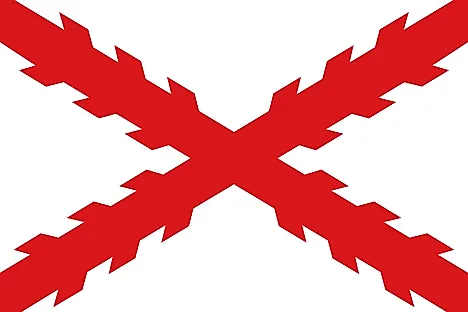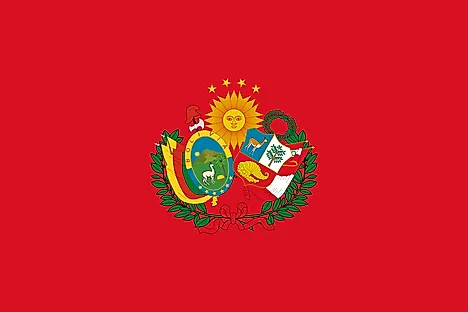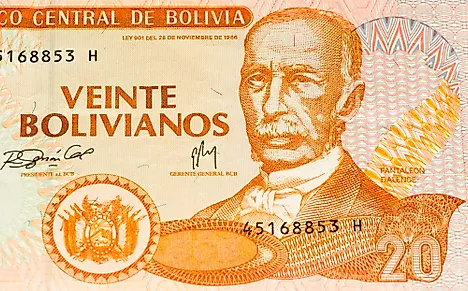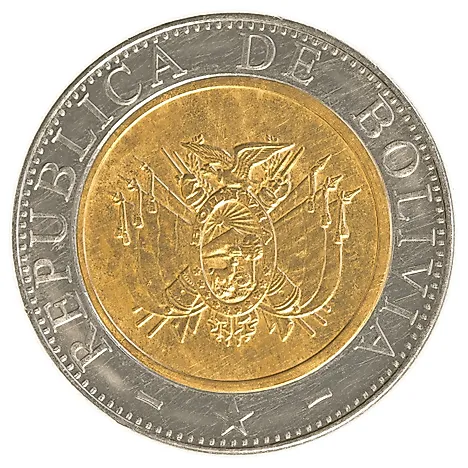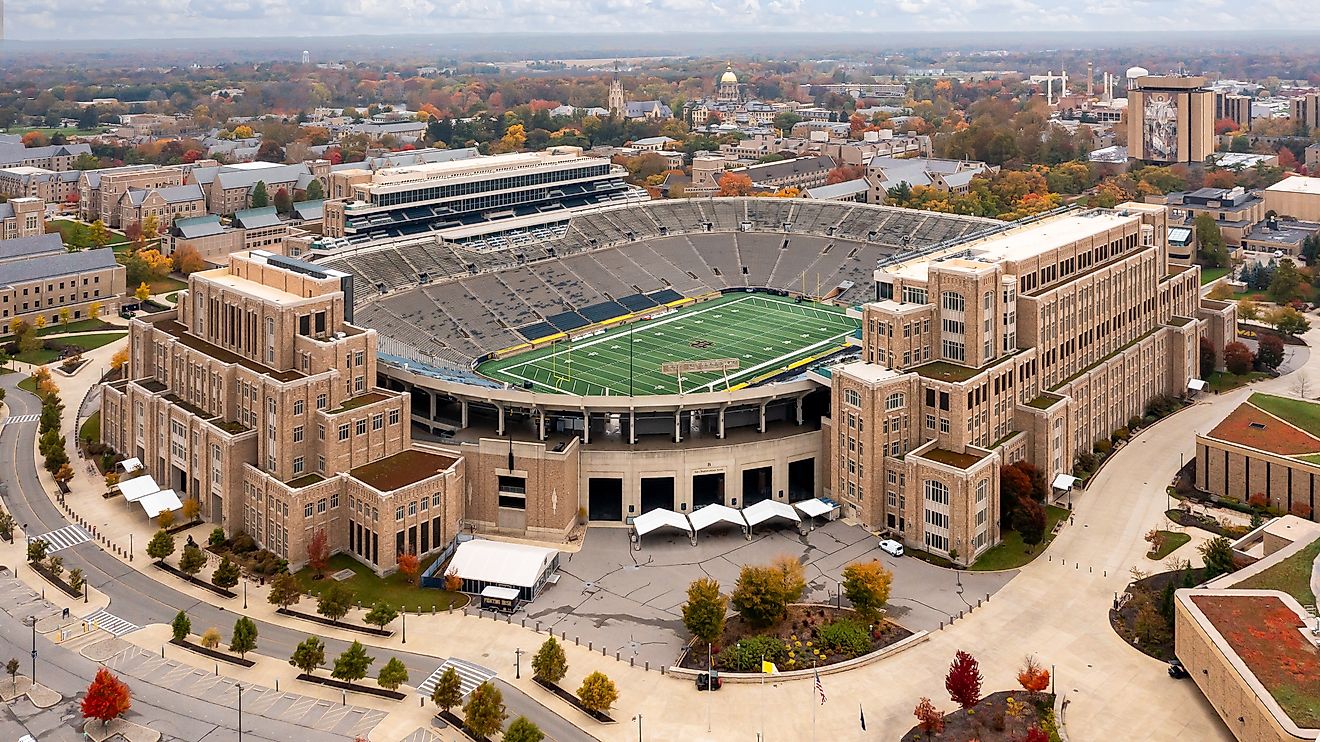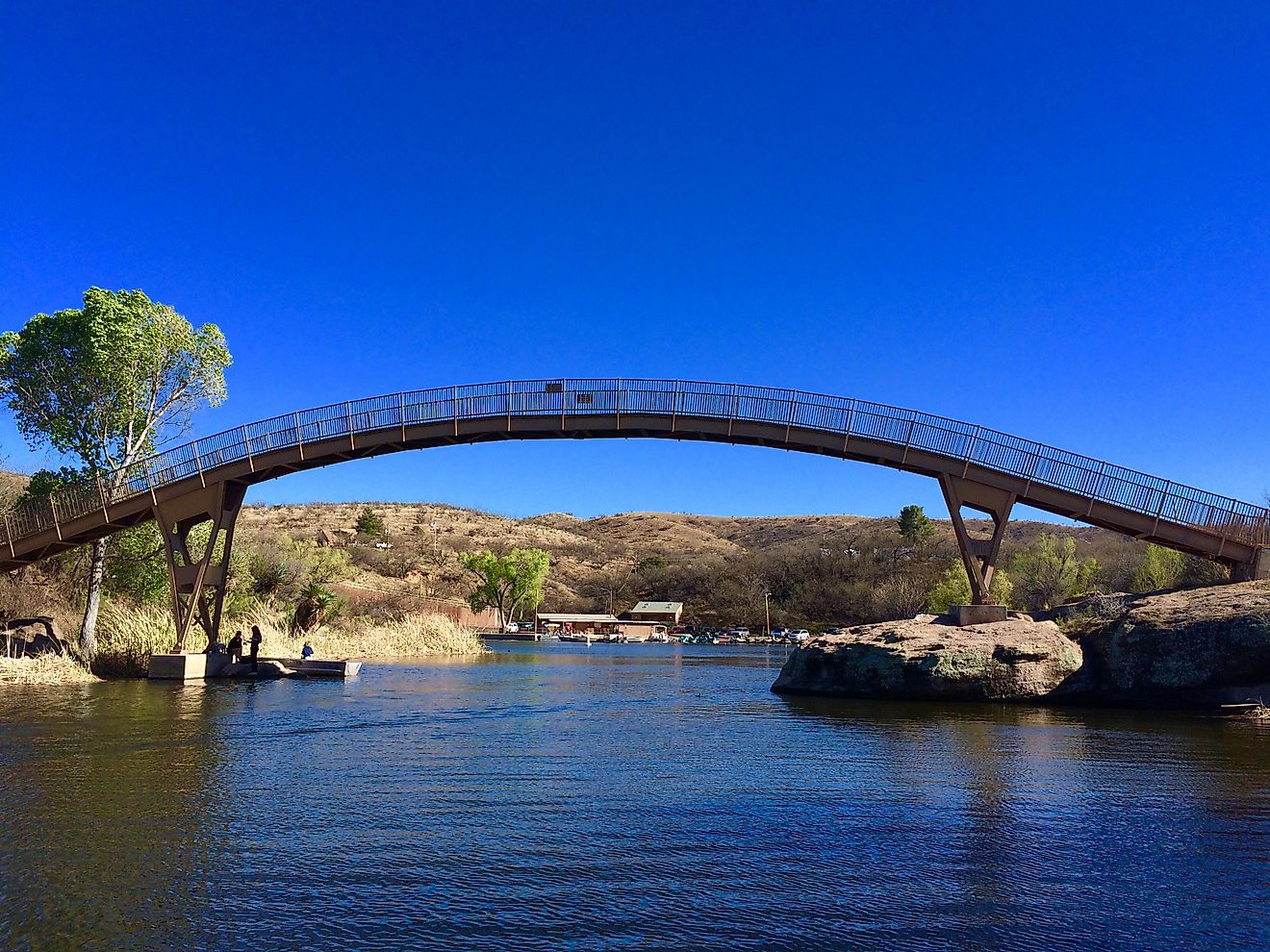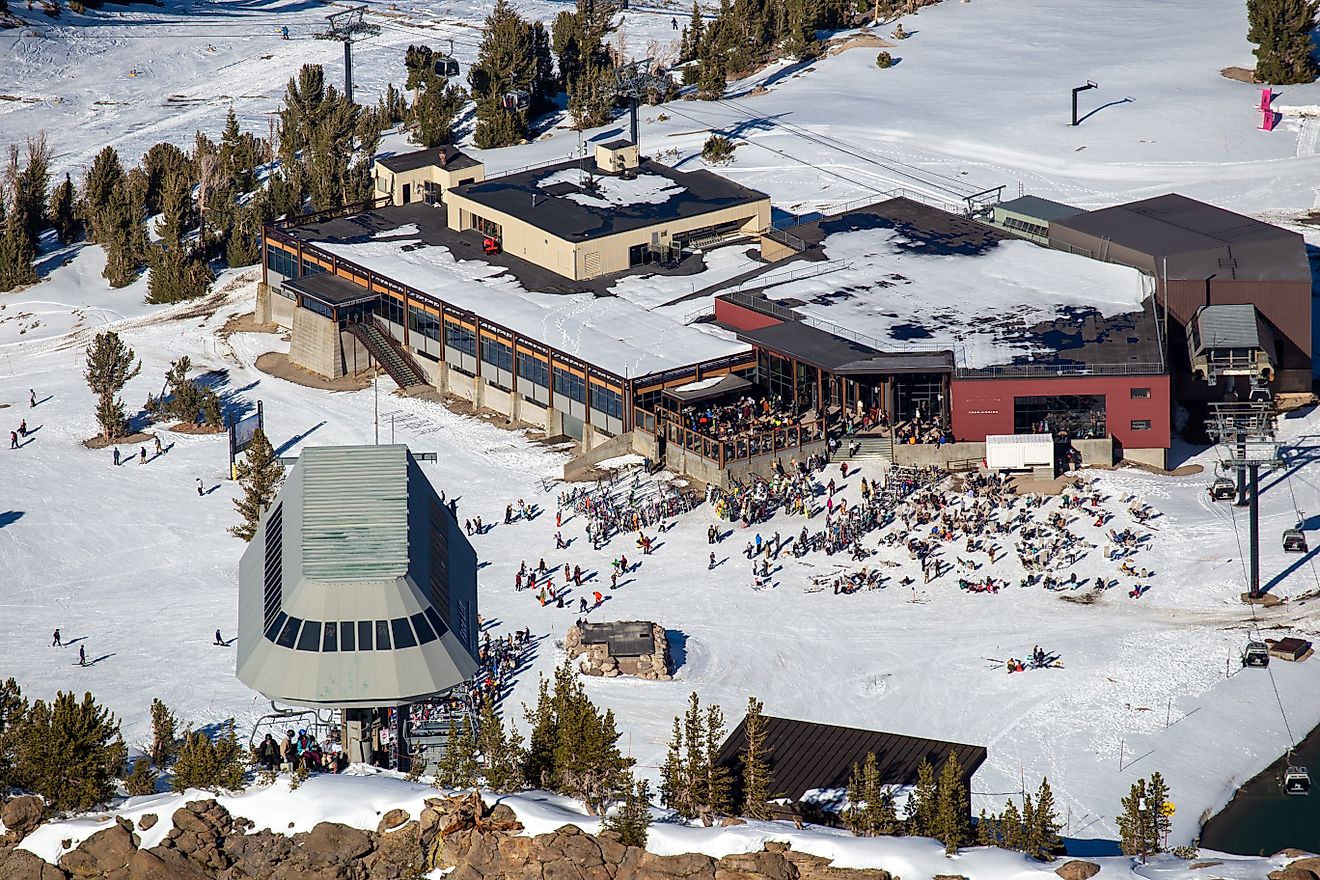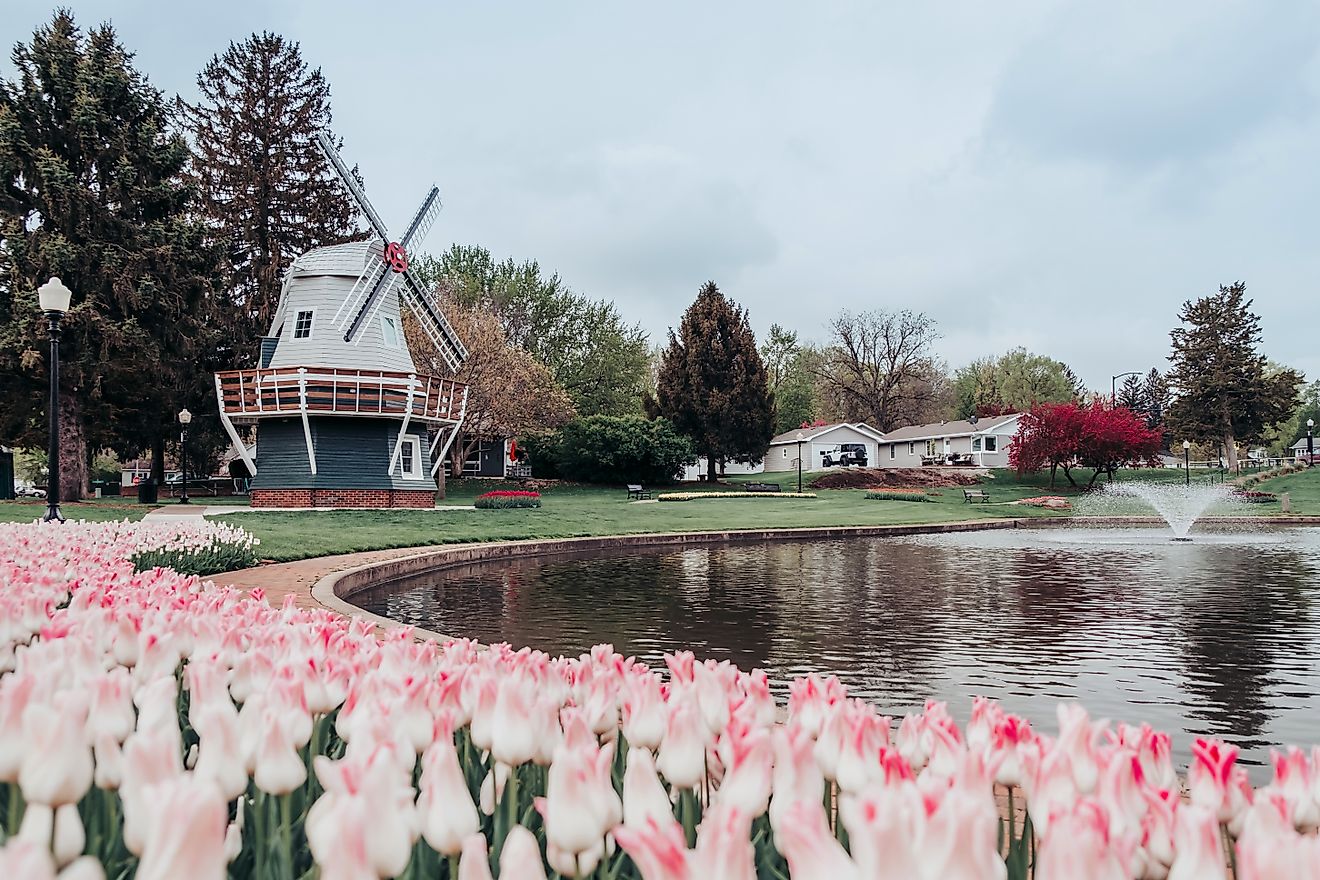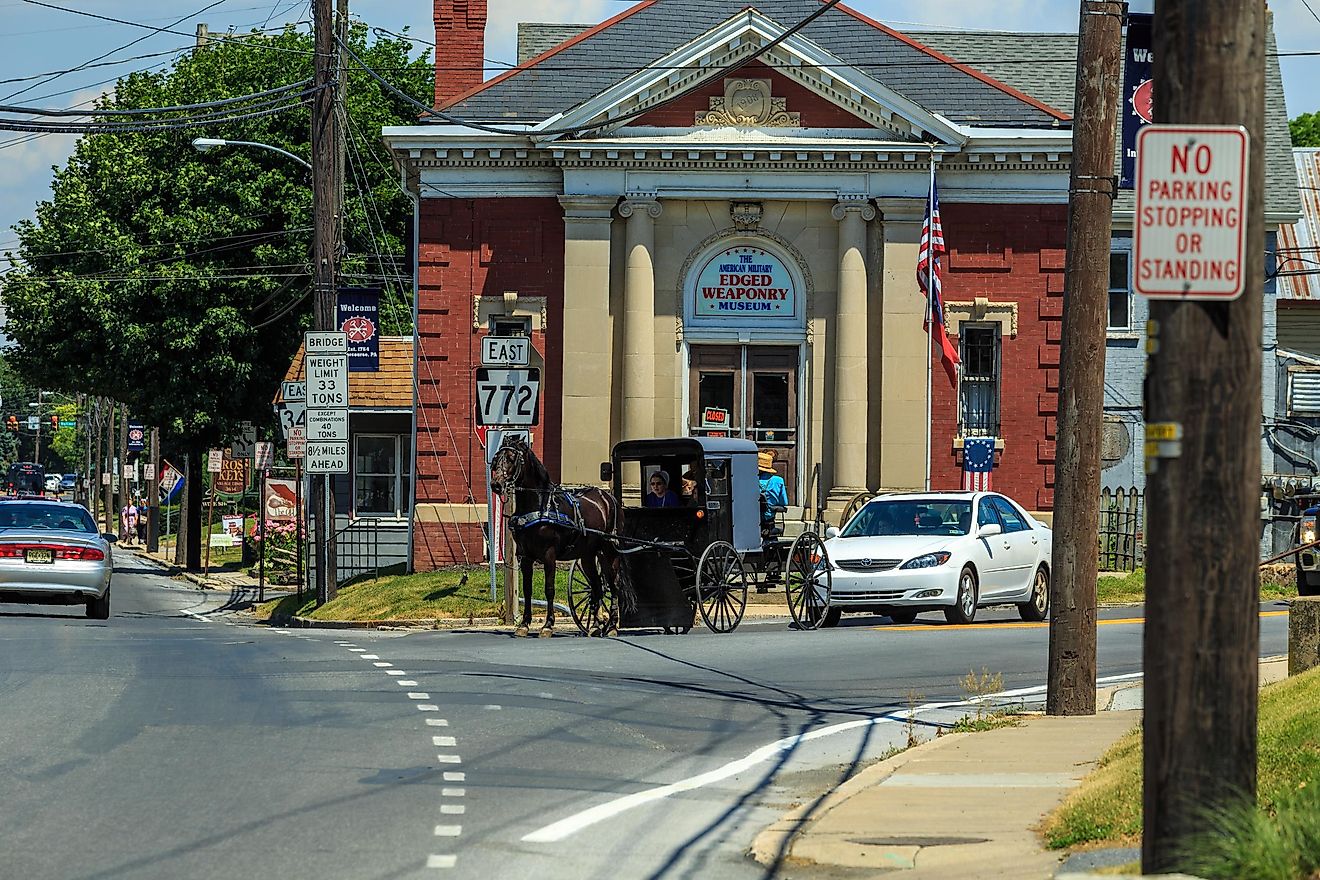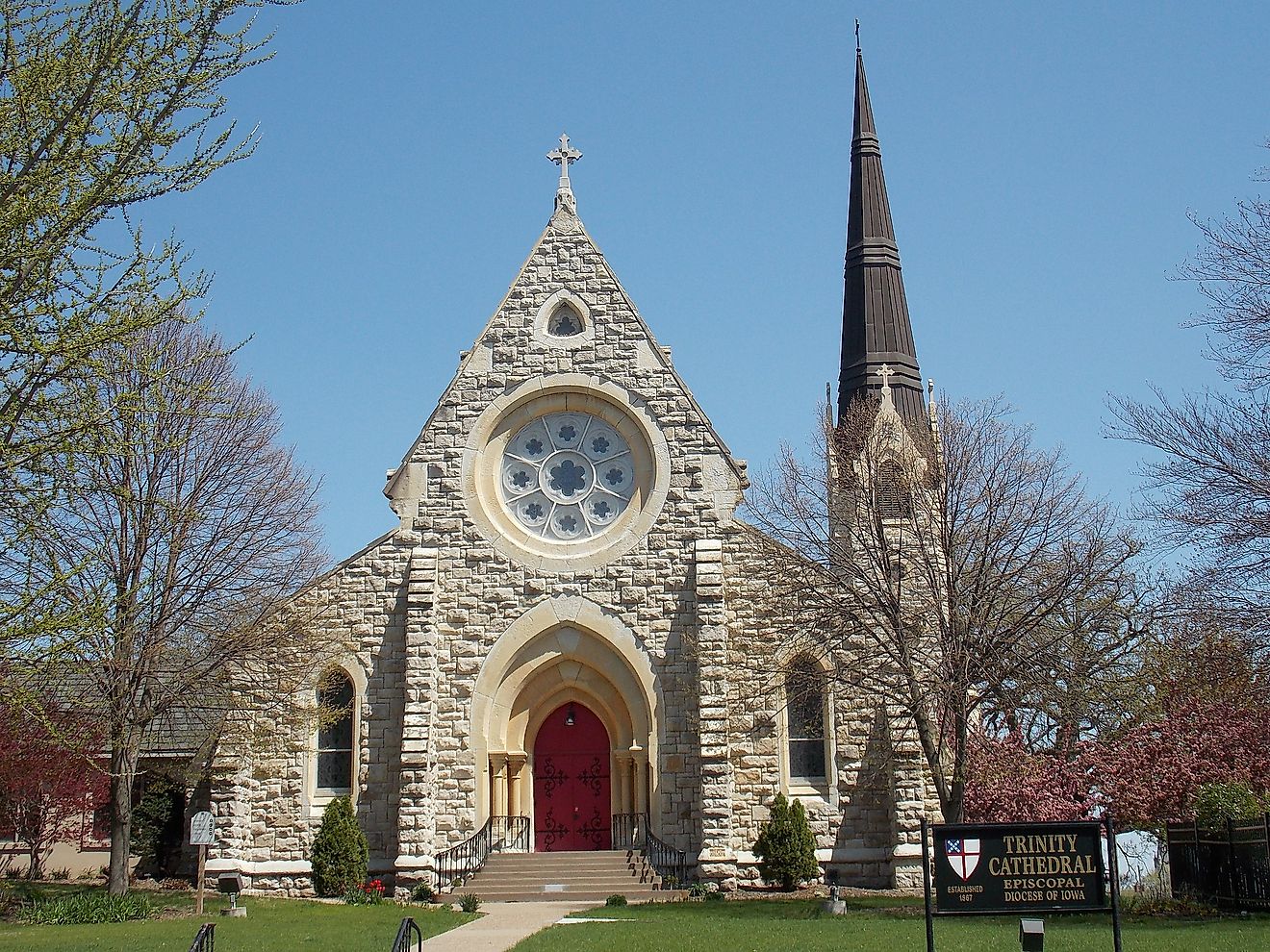Flags, Symbols & Currency of Bolivia
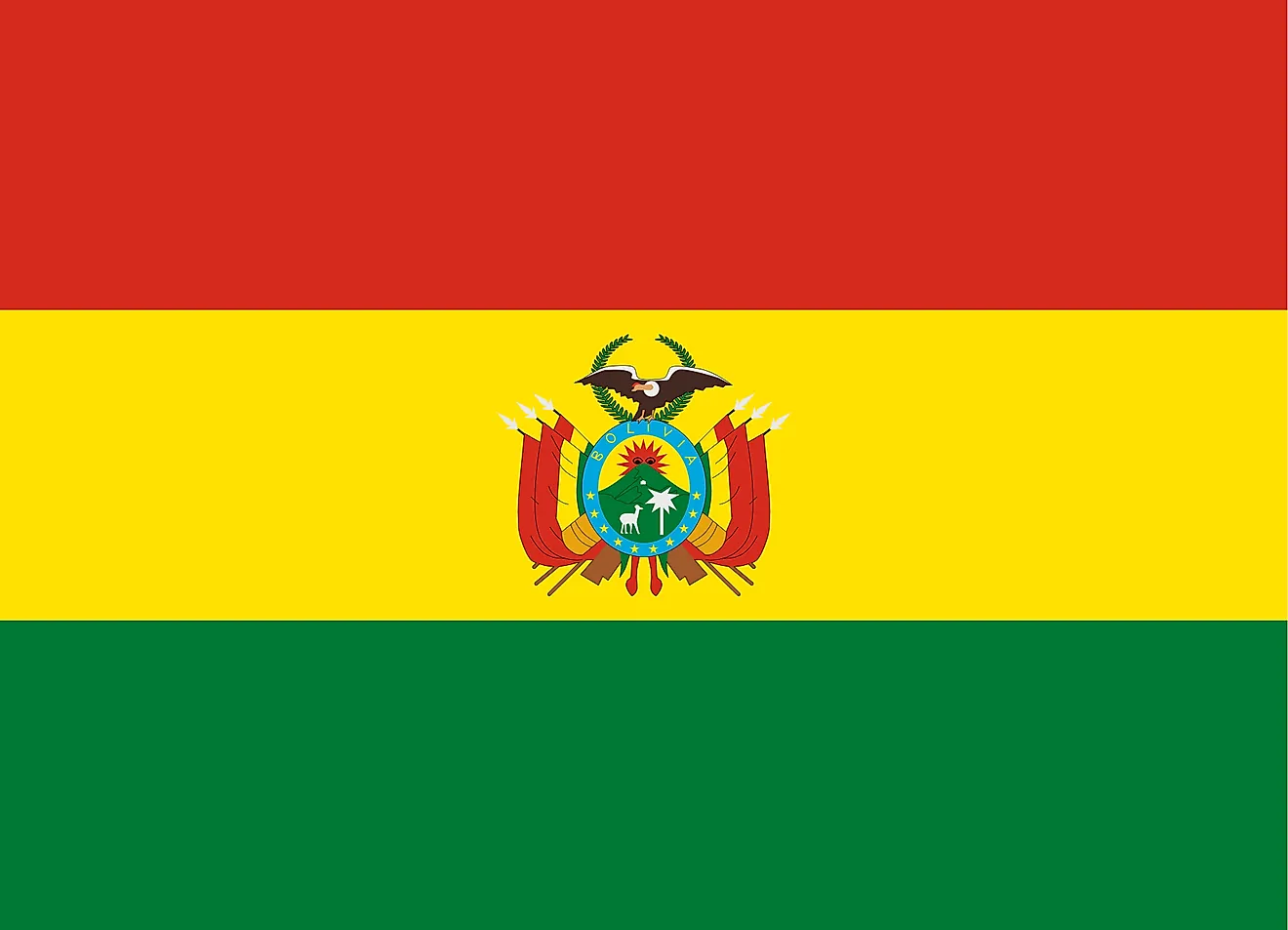
The current flag of Bolivia was officially adopted on October 31, 1851.
The national flag of Bolivia features three equal horizontal bands of red (at the top), yellow (in the middle), and green (on the bottom) with the Bolivian coat of arms featured on the yellow band at the center of the flag. The red color represents bloodshed and the bravery of those who lost their lives in the quest for independence and sovereignty of Bolivia; the yellow color represents the country’s wealth and mineral deposits, while the green color represents the richness of the country’s agriculture and natural areas. It also symbolizes hope – the foundational value of society. The flag has a width-height proportion ratio of 2:3.
The Whipala

In 2009 Bolivia adopted the Wiphala as its alternative flag. The Wiphala is a 7x7 square emblem made up of 7 colors arranged diagonally left to right. The emblem represents the natives of the Andes and the four regions of the Incan Empire. The arrangement of the colors varied depending on the region, but the color on the longest arrangement represents that particular region. The white color represents Qullasuyu, the green represents Antisuyu, the yellow represents Kuntisuyu, and the red represents Chinchaysuyu.
History of the Flag of Bolivia
The flag of Bolivia changed several times before the current version was adopted. On August 17, 1825, Bolivia adopted its first national flag, after its independence from Spain. Between 1825 and 1826 the official flag was a tricolor of green stripes on the top and bottom, with a red stripe in the middle. Five laurels surrounded by five stars were located on the red band. On July 25, 1826, the country adopted the colors of the current flag, but they were arranged in a different order. The yellow stripe was placed at the top, the red stripe was in the middle, while the green band was at the bottom. The country's coat of arms was placed on the red band. The current flag with the stripes in the order: red-yellow-green with the coat of arms in the center yellow stripes was adopted in 1851.
Symbols of Bolivia
The National Coat of Arms of Bolivia

The Coat of Arms of the Republic of Bolivia was adopted in 2004. It is elliptical and consists of a cartouche surrounded by Bolivian flags, muskets, laurel branches, and an Andean Condor atop. In the center of the cartouche is Mount Potosi and in the upper part is a rising sun appearing at Mount Potosi with the skies during dawn. On the upper part of the smaller hill is the Chapel of the Sacred Heart of Jesus. In the lower part of the landscape is a llama and to its right is a sheaf of wheat and a palm tree. All are symbolic of the natural resources of Bolivia. The ten stars in the border of the cartouche symbolize the nine departments of Bolivia, as well as the former province Litoral. The crossed rifles behind the cartouche represent the struggle for independence, while the axe and Phrygian hood represent liberty and freedom. The laurel branches are symbolic of peace, and the condor perched upon the shield is symbolic of a willingness to defend the nation and its liberty.
National Motto:
"Morir antes que esclavos vivir." "We'd rather die than live as slaves."
National Anthem
- Anthem Title: "Himno Nacional de Bolivia" ("Bolivians, a most Favorable Destiny)
- Music Composer: Leopoldo Benedetto Vincenti
- Lyricist: Jose Ignacio de Sanjines
- Date of Adoption: 1851
The national anthem of Bolivia is Himno Nacional de Bolivia ("Bolivians, a most Favorable Destiny"). The music composer of the anthem is Leopoldo Benedetto Vincenti - an Italian. The author of the lyrics is Jose Ignacio de Sanjines - an ardent patriot and a singer of the Bolivian declaration of Independence and of the first constitution of the country. The anthem was adopted in 1851.
"Himno Nacional de Bolivia" (Spanish)
First Verse:
Bolivianos: el hado propicio
coronó nuestros votos y anhelos.
Es ya libre, ya libre este suelo,
ya cesó su servil condición.
Al estruendo marcial que ayer fuera
y al clamor de la guerra horroroso,
siguen hoy, en contraste armonioso,
dulces himnos de paz y de unión.
Siguen hoy, en contraste armonioso,
dulces himnos de paz y de unión.
Chorus:
De la Patria, el alto nombre,
en glorioso esplendor conservemos.
Y en sus aras de nuevo juremos:
¡Morir antes que esclavos vivir!
¡Morir antes que esclavos vivir!
¡Morir antes que esclavos vivir!
Second Verse:
Loor eterno a los bravos guerreros,
cuyo heroico valor y firmeza,
conquistaron las glorias que empieza
hoy Bolivia feliz a gozar.
Que sus nombres, en mármol y en bronce,
a remotas edades transmitan,
y en sonoros cantares repitan:
¡Libertad, Libertad, Libertad!
Y en sonoros cantares repitan:
¡Libertad, Libertad, Libertad!
Chorus:
De la Patria, el alto nombre,
en glorioso esplendor conservemos.
Y en sus aras de nuevo juremos:
¡Morir antes que esclavos vivir!
¡Morir antes que esclavos vivir!
¡Morir antes que esclavos vivir!
Third Verse:
Aquí alzó la justicia su trono
que la vil opresión desconoce,
y en su timbre glorioso legose
libertad, libertad, libertad.
Esta tierra innocente y hermosa
que ha debido a Bolívar su nombre
es la patria feliz donde el hombre
goza el bien de la dicha y la paz.
Es la patria feliz donde el hombre
goza el bien de la dicha y la paz.
Chorus:
De la Patria, el alto nombre,
en glorioso esplendor conservemos.
Y en sus aras de nuevo juremos:
¡Morir antes que esclavos vivir!
¡Morir antes que esclavos vivir!
¡Morir antes que esclavos vivir!
Fourth Verse:
Si extranjero poder algún día
sojuzgar a Bolivia intentare,
al destino fatal se prepare
que amenaza a soberbio agresor.
Que los hijos del grande Bolívar
hayan mil y mil veces jurado:
morir antes que ver humillado
de la Patria el augusto pendón.
Morir antes que ver humillado
de la Patria el augusto pendón.
Chorus:
De la Patria, el alto nombre,
en glorioso esplendor conservemos.
Y en sus aras de nuevo juremos:
¡Morir antes que esclavos vivir!
¡Morir antes que esclavos vivir!
¡Morir antes que esclavos vivir!
The National Anthem of Bolivia
First Verse:
Bolivians, a propitious fate
has at long last crowned our vows and longings;
This land is free, free at last.
Its servile state has now finally ceased.
The martial turmoil of yesterday,
and the horrible clamor of war,
are followed today, in harmonious contrast,
by sweet hymns of peace and unity.
Are followed today, in harmonious contrast,
by sweet hymns of peace and unity.
Chorus:
Let us keep the lofty name of our Fatherland
in glorious splendor.
And, on its altars, once more we must swear:
to die before we would live as slaves!
To die before we would live as slaves!
To die before we would live as slaves!
Second Verse:
Eternal praise to the brave warriors
whose heroic valor and firmness
conquered the freedom and glories that now
a happy Bolivia justly begins to enjoy!
Let their names, preserved forever in marble and bronze,
transmit their glory to remote future ages.
And in resounding song let them repeat their simple call:
Freedom! Freedom! Freedom!
And in resounding song let them repeat their simple call:
Freedom! Freedom! Freedom!
Chorus:
Let us keep the lofty name of our Fatherland
in glorious splendor.
And, on its altars, once more we must swear:
to die before we would live as slaves!
To die before we would live as slaves!
To die before we would live as slaves!
Third Verse:
Here has Justice erected its Throne
which vile oppression ignores
and, on its glorious stamp let us rejoice
Freedom, freedom, freedom.
This innocent and beautiful land,
which owes its name to Bolívar,
is the happy homeland where mankind
enjoys the benefits of bliss and peace.
Is the happy homeland where mankind
enjoys the benefits of bliss and peace.
Chorus:
Let us keep the lofty name of our Fatherland
in glorious splendor.
And, on its altars, once more we must swear:
to die before we would live as slaves!
To die before we would live as slaves!
To die before we would live as slaves!
Fourth Verse:
If a foreigner may, any given day
even attempt to subjugate Bolivia,
let him prepare for a fatal destiny,
which menaces such brave aggressor.
For the sons of the mighty Bolívar
have sworn, thousands upon thousands of times:
to die rather than see the country's
majestic banner humiliated.
To die rather than see the country's
majestic banner humiliated.
Chorus:
Let us keep the lofty name of our Fatherland
in glorious splendor.
And, on its altars, once more we must swear:
to die before we would live as slaves!
To die before we would live as slaves!
To die before we would live as slaves!
The Currency of Bolivia is the Bolivian boliviano
The official currency of Bolivia is the Bolivian boliviano (Bs, BOB). The currency has 100 subdivisions which are known as cents, or centavos in Spanish.
Coins
During the introduction of centavos in 1988, coins in denominations of 2, 5, 10, 20, and 50 centavos were issued. In 1987, the 1-boliviano coin was introduced. In 1991, a 2-boliviano coin made of stainless steel was introduced, a copper-plated 10 centavo coin came into use in 1997, and a bi-metallic 5-boliviano coin was introduced in 2001. The boliviano and centavo coins differed in size, shape, color, and mass. 1-boliviano coins were round, whereas 2-boliviano coins had an undecagon shape. The state underwent a transition which led to the scrapping of the 2- and 5-Boliviano coins from use. The inscription on the observe of the coin is "La Union es la Fuerza," which means "Union is strength" in Spanish. On the reserve side of the coin, the Bolivian coat of arms can be found with the inscription "Estado Plurinacional de Bolivia," which means "Plurinational State of Bolivia."
Banknotes
Banknotes were introduced in 1987 in both centavos and bolivianos. Denominations were issued in 1, 5, 10, and 50 centavos, 1, 5, and 10 bolivianos, which brought about provisional issues, and regular denominational bills were published in 2, 5, 10, 20, 50, 100, and 200 bolivianos. The 2- and 5-boliviano notes were later replaced by coins in 1991 and 2001, respectively. The 10-boliviano bill features a picture of the painted Cecilio Guzman, and on the reverse is an image of the Bolivian city Cochabamba. On the 100 bolivianos note, a picture of the renowned historian Gabriel Rene is featured. Pontifical University of Saint Francisco Xavier of Chiquisaca, which is the second oldest university in the Americas, is found on the reverse.
Historical Currencies of Bolivia
Bolivia's first national currency was the Bolivian sol, which existed from 1827 until 1864, and served as a replacement for the colonial Spanish currency. The first Boliviano boliviano was introduced in 1864 and was pegged to both the French franc and British pound at various times. However, in 1963, the boliviano was replaced by the Bolivian peso, as part of the government's attempt to improve the country's economic stability. A second boliviano was introduced as a replacement for the Bolivian peso in 1987, and it remains Bolivia's official currency. As a result of the rampant inflation in the country, the new boliviano was introduced to replace the boliviano peso. At this time of this currency change, 1 million Bolivian pesos were equivalent to one new boliviano.
